By Susan Lutz
We change all the time. We adapt and learn to survive in new ways. When it comes to food, we fight for the right to know what’s in it, eat organic, and buy local. Often these steps all seem logical. We must continue to move forward and build a better food-making machine.
Enter the GMO. Are they good for us? Bad for us? Huge corporations say they are not only fine but needed. How can GMOs be good for us? While sipping my organic, fair trade coffee one morning I saw a report on CBS Sunday Morning about GMOs, examining both sides. I have to admit, after seeing the papaya grower’s woes about a bug that wiped out all of their crops, I could understand why the farmer chose to use GMO seeds to grow a new papaya that was bug-resistant. Both sides gave logical reasons as to why we should allow or ban GMOs.
It’s easy to say something is “all bad”. McDonald’s, for example, encompasses many things I deplore. Yet, I’ve eaten there. I took my kids to the indoor play areas when I lived in a country that either didn’t have parks for kids or had parks that were too dangerous to play in. Did I understand that I was being “sold” a brand in hopes that not only I but also my children would remember those golden arches for a lifetime? Yes. (My son still points to any McDonald’s we pass and asks to play there years after he’s been in one.)
Both sides have a point. The organizations that are against the corporations developing GMOs are passionate about stopping their use. To date, about 19 European countries have banned GMOs. But what about that farmer and those dead papaya trees? He’s now farming again, profitable again. Would that happen with non-GMO techniques? Perhaps that’s the bigger question. Much research and development goes into the creation of GMOs, helping to solve difficult problems for farmers. But could there be another way?
The world moves so fast. Rather than understand all of the ramifications of choice, we sometimes move in a direction that can be narrow-minded, one that doesn’t look at the big picture. What if we had found ways to destroy bugs with other bugs? I see reports of farmers finding ways to tend crops with organic solutions. Climate change is a response to our decisions and the impact those choices place on the environment. The decision to buy fair trade coffee or not impacts the people who pick it and the communities they live in. Our decisions- the paths we choose in our oil drilling, animal breeding, crop growing, and automobile design, to name a few, lead us to where we are today.
GMOs are creeping into our crops, in such a way that soon it will be hard to find foods, especially processed foods, that are GMO-free. I know that we eat some GMO foods, even though I read my labels religiously, and when we do, I let it go because I know that we are in a process, one that will teach us to make it back to middle ground.

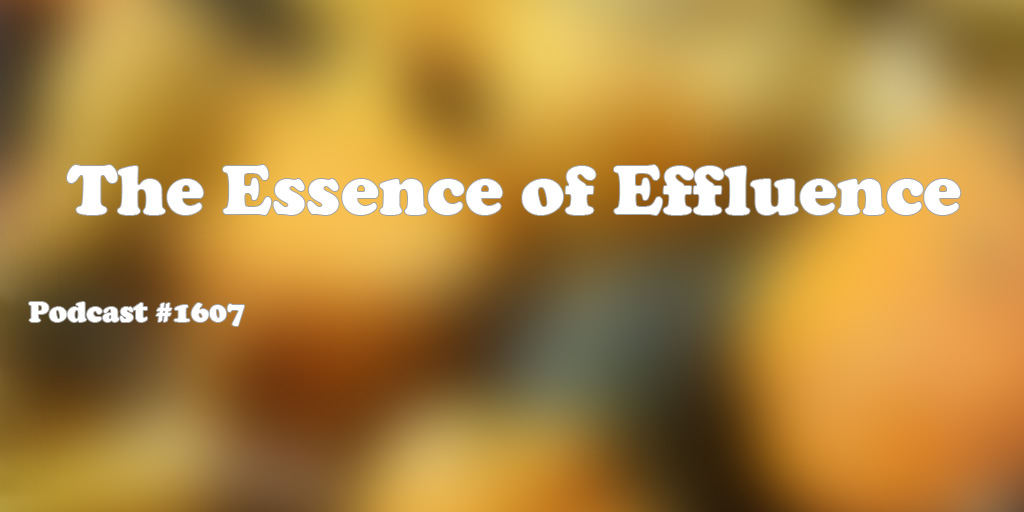
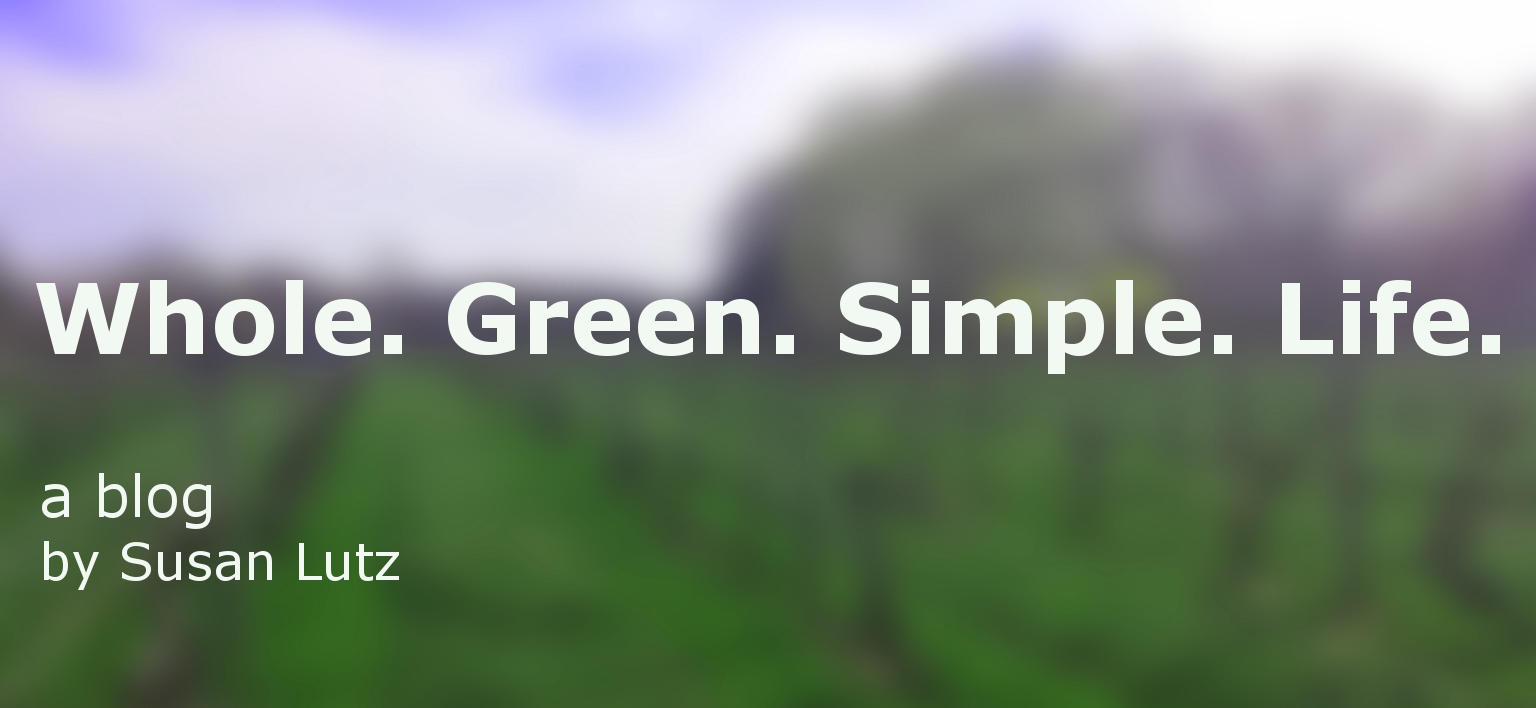


 “Human Beings Throw Away Their Greatest Achievements in the Trash” enter my guest this week, Amber Lasciak, designer and founder of REDU NYC, a company which rescues and transforms waste into functional design. It is so very important to reuse, reduce, recycle and reinvent, in order to lower our carbon footprint, and keep waste out of the landfills. #REBORNINTHEUSA. Send Amber a tweet @REDU_NYC
“Human Beings Throw Away Their Greatest Achievements in the Trash” enter my guest this week, Amber Lasciak, designer and founder of REDU NYC, a company which rescues and transforms waste into functional design. It is so very important to reuse, reduce, recycle and reinvent, in order to lower our carbon footprint, and keep waste out of the landfills. #REBORNINTHEUSA. Send Amber a tweet @REDU_NYC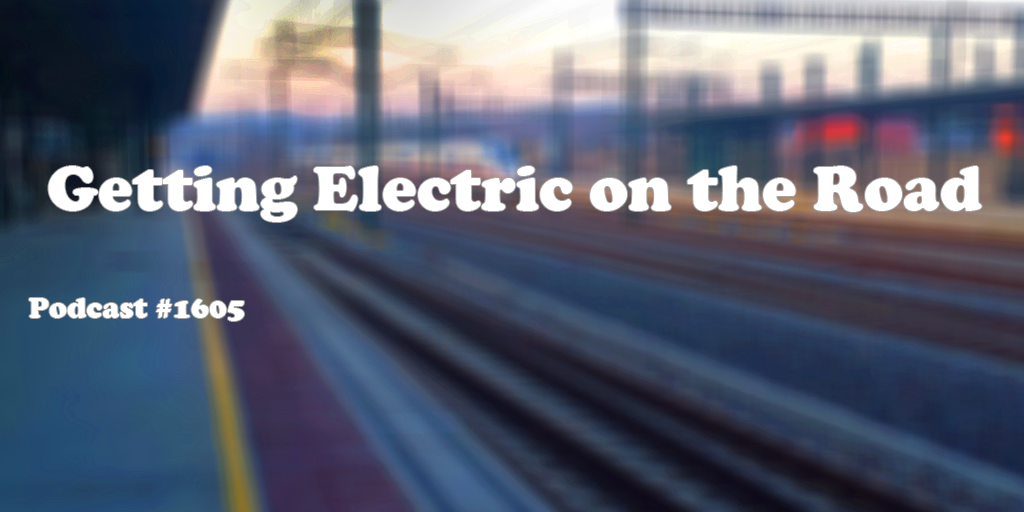
 Electric cars are cool, electric cars are fun, electric cars don’t pollute the air we breathe, so why aren’t there more of them on the road? My co-host Brian Horowtiz and I chat about this and other topics, with my guest Seth Leitman, Green Living Guy. Seth is an EV car aficionado, and author of a series of books called the Green Guru Guides. He is working with the Solarize initiative in Westchester County to promote solar energy. Seth will be lecturing and touring colleges this Spring, to spread the word about green living. For more information go to greenlivingguy.com
Electric cars are cool, electric cars are fun, electric cars don’t pollute the air we breathe, so why aren’t there more of them on the road? My co-host Brian Horowtiz and I chat about this and other topics, with my guest Seth Leitman, Green Living Guy. Seth is an EV car aficionado, and author of a series of books called the Green Guru Guides. He is working with the Solarize initiative in Westchester County to promote solar energy. Seth will be lecturing and touring colleges this Spring, to spread the word about green living. For more information go to greenlivingguy.com
 My guest this week is Peter Seidel and we discuss his new book, There is Still Time: To Look at the Big Picture and Act. The book delves into how our modern habits, which are intertwined with evolutionary psychology, are causing a disconnect with nature. What is causing this dilemma, and how can we become more emotionally connected to create a more sustainable planet? Tune in to find out why we need to take action to bring forth positive solutions to environmental problems. There Is Still Time is available on amazon.com and
My guest this week is Peter Seidel and we discuss his new book, There is Still Time: To Look at the Big Picture and Act. The book delves into how our modern habits, which are intertwined with evolutionary psychology, are causing a disconnect with nature. What is causing this dilemma, and how can we become more emotionally connected to create a more sustainable planet? Tune in to find out why we need to take action to bring forth positive solutions to environmental problems. There Is Still Time is available on amazon.com and 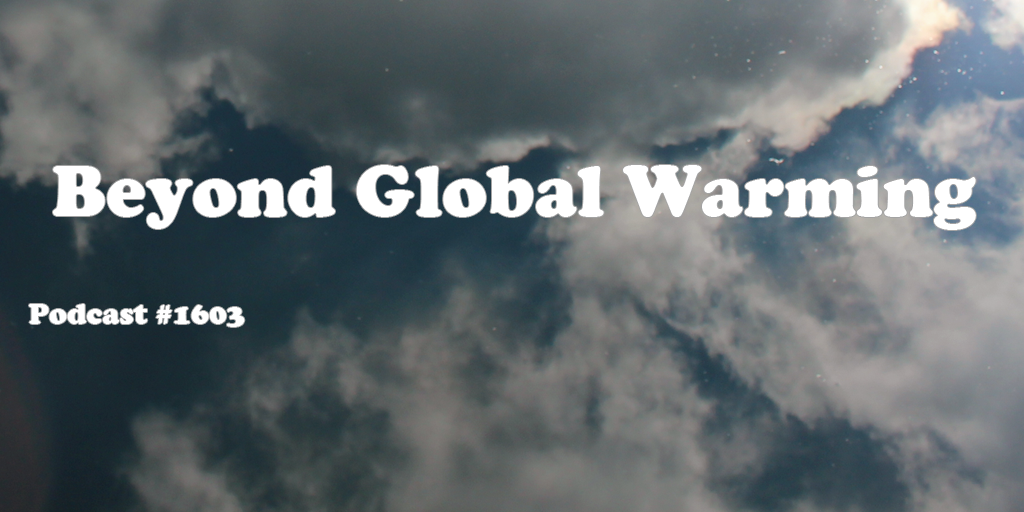

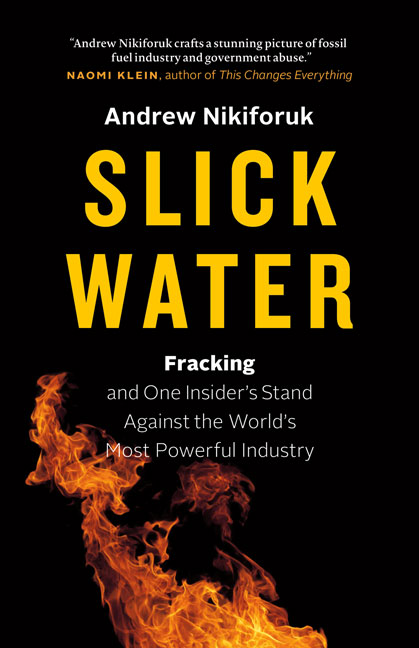 It is no secret that mainstream media coverage of environmental issues is slow-moving, and many stories go un-reported in the press. Climate change deniers spout their ideology with reckless abandon. Enter my guest this week, Andrew Nikiforuk, an award winning environmental writer based in Calgary, Canada, who has written a new book about the hydraulic fracturing industry entitled Slick Water: Fracking and One Insider’s Stand Against the World’s Most Powerful Industry. The book traces the saga of Jessica Ernst, and the path she takes to hold Encana Oil and Canada’s environmental government agencies, responsible for secretly fracking hundreds of gas wells around her home, in a rural area northeast of Calgary. A cover-up ensues, which leads Ms. Ernst to take legal action against the various parties for their role in contaminating land, water and air in her community. For more information
It is no secret that mainstream media coverage of environmental issues is slow-moving, and many stories go un-reported in the press. Climate change deniers spout their ideology with reckless abandon. Enter my guest this week, Andrew Nikiforuk, an award winning environmental writer based in Calgary, Canada, who has written a new book about the hydraulic fracturing industry entitled Slick Water: Fracking and One Insider’s Stand Against the World’s Most Powerful Industry. The book traces the saga of Jessica Ernst, and the path she takes to hold Encana Oil and Canada’s environmental government agencies, responsible for secretly fracking hundreds of gas wells around her home, in a rural area northeast of Calgary. A cover-up ensues, which leads Ms. Ernst to take legal action against the various parties for their role in contaminating land, water and air in her community. For more information 
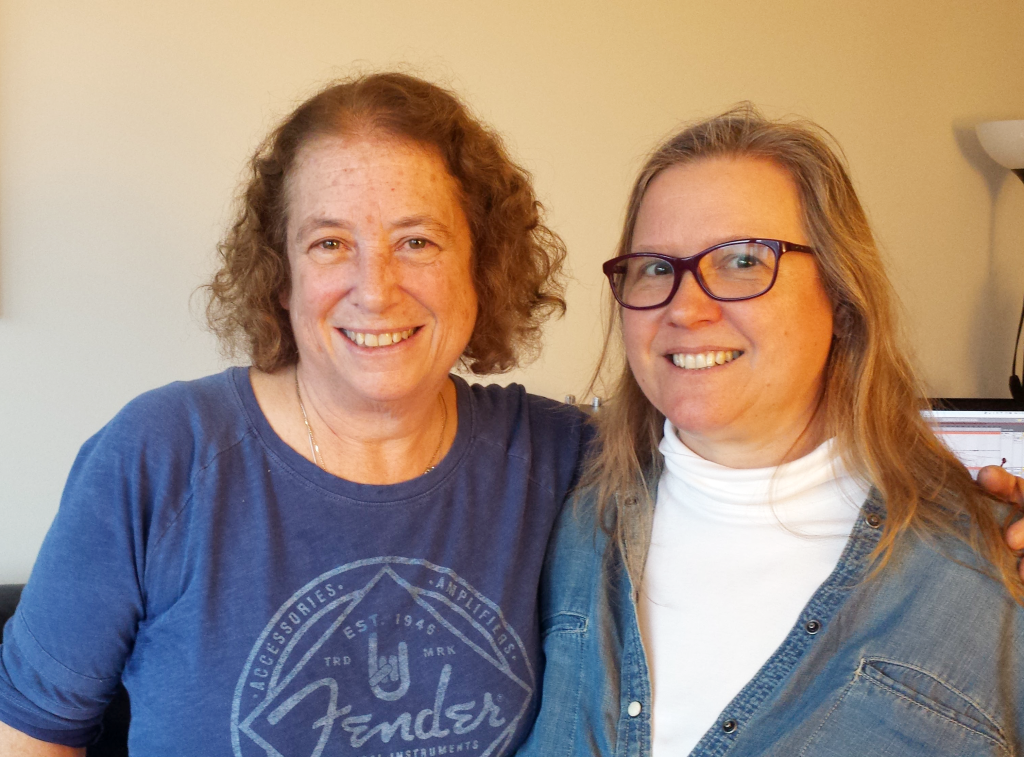 Ladies of green radio are kindred spirits who are working hard to make sustainable living an integral part of everyday life. So it is fitting that my guest this week, Megan McWilliams, a/k/a Green Diva Meg and I discuss the importance of grassroots green radio. Meg is the founder, producer and host of the Green Divas Radio show and podcast. She works to amplify the voice of green reason, and throws in humor and compassion to spread the eco message. I am happy to be a part of the Green Divas Radio Network, and I can proudly call myself Green Diva Max. Hail to all the ladies of green media! For more information go to
Ladies of green radio are kindred spirits who are working hard to make sustainable living an integral part of everyday life. So it is fitting that my guest this week, Megan McWilliams, a/k/a Green Diva Meg and I discuss the importance of grassroots green radio. Meg is the founder, producer and host of the Green Divas Radio show and podcast. She works to amplify the voice of green reason, and throws in humor and compassion to spread the eco message. I am happy to be a part of the Green Divas Radio Network, and I can proudly call myself Green Diva Max. Hail to all the ladies of green media! For more information go to 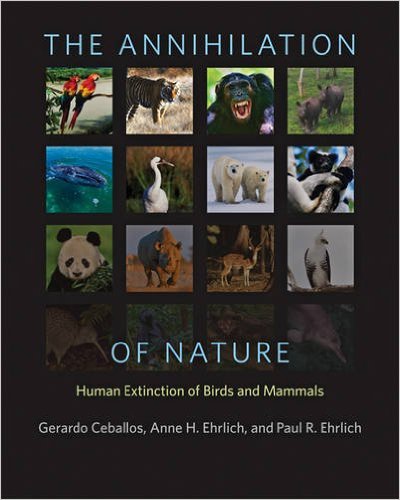 to the present as they contemplate the extinction of modern animals. After spending much time analyzing the extinction of many birds and mammals, the autho
to the present as they contemplate the extinction of modern animals. After spending much time analyzing the extinction of many birds and mammals, the autho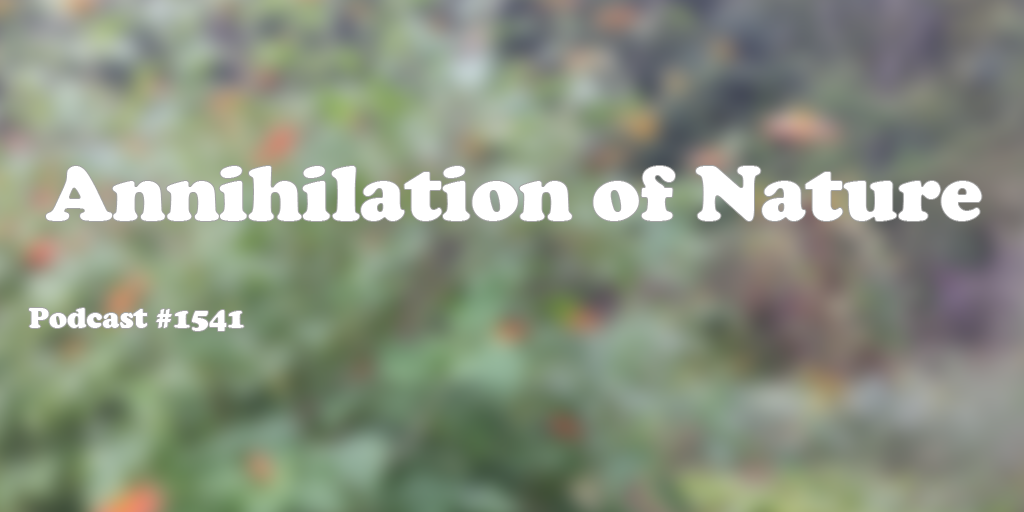
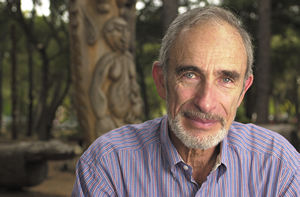 Our guest this week is Dr. Paul Ehrlich, Professor of Population Studies at Stanford University, whose famous book, The Population Bomb, remains controversial to this day. His current work is titled ANNIHILATION OF NATURE: Human Extinction of Birds and Mammals, which discusses the loss of species due to human activity, and the importance of biodiversity and empathy in helping solve problems of habitat loss, and the effects of climate change as it relates to all Earthlings. We are in the Sixth Extinction, and it is time for humans to use their emotional cues to protect Mother Earth. For more information go to ccb.stanford.edu (Center for Conservation Biology) and his book is available via amazon.com. You can send him a tweet @PaulREhrlich
Our guest this week is Dr. Paul Ehrlich, Professor of Population Studies at Stanford University, whose famous book, The Population Bomb, remains controversial to this day. His current work is titled ANNIHILATION OF NATURE: Human Extinction of Birds and Mammals, which discusses the loss of species due to human activity, and the importance of biodiversity and empathy in helping solve problems of habitat loss, and the effects of climate change as it relates to all Earthlings. We are in the Sixth Extinction, and it is time for humans to use their emotional cues to protect Mother Earth. For more information go to ccb.stanford.edu (Center for Conservation Biology) and his book is available via amazon.com. You can send him a tweet @PaulREhrlich